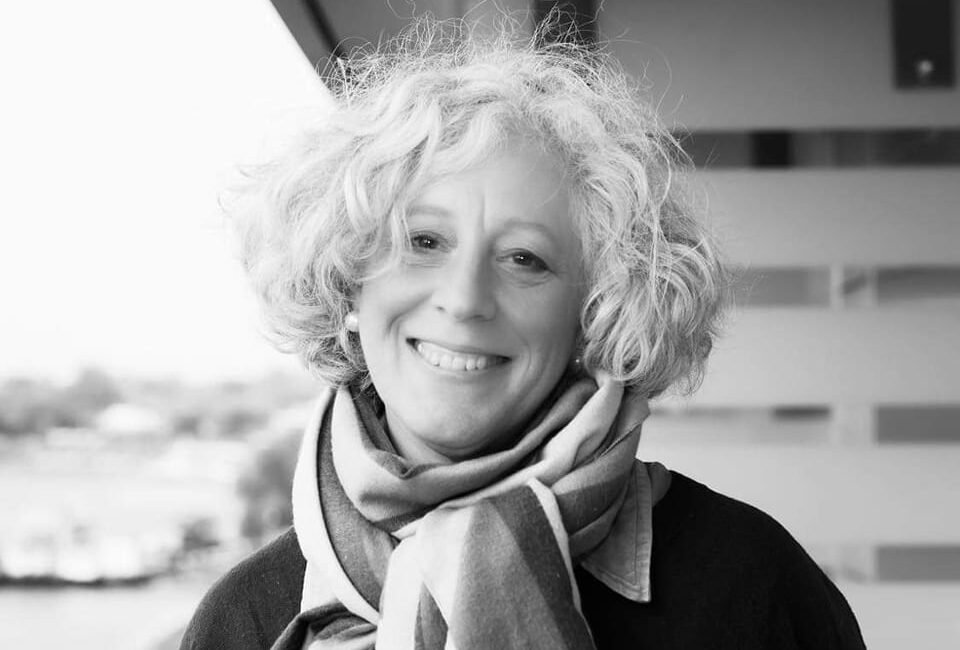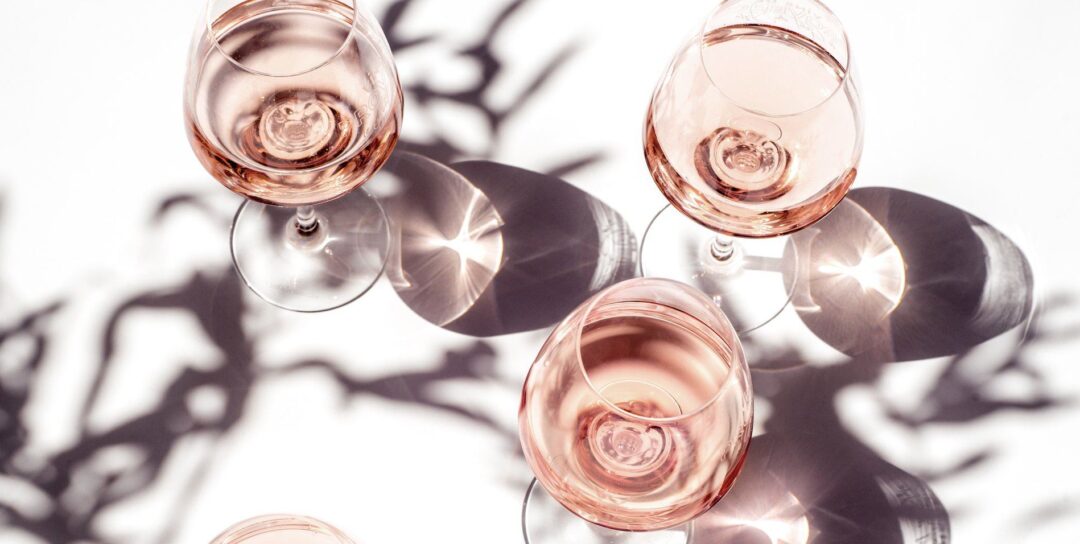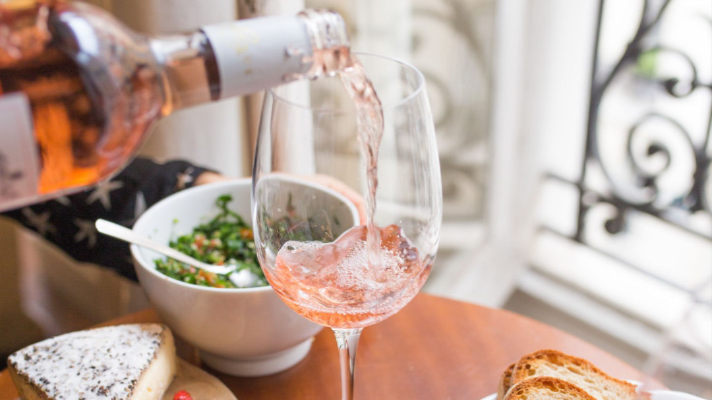Elizabeth Gabay MW is one of the world’s foremost experts on rosé wines. She is the author of two major reference guides, Rosé: Understanding the Pink Wine Revolution and Rosés of Southern France. I recently had the pleasure of chatting with Gabay about what’s new in serious rosé wine (aka the world beyond the pale, poolside pink wines that flood our wine store shelves each spring).
What do you find are the most interesting trends in the world of rosé wines?
I think one of the big problems when we talk about premium rosé trends is, it’s like talking about trends in cru classé Bordeaux or Domaine Romanée Conti. It is such a small percentage of rosé production. 90% of rosé that I taste is aiming at the same pale, dry, bland commercial style.
Though, where serious rosé wine is concerned, a small contingent of producers are experimenting. They are looking at things like the porosity of cement or amphora to minimize reductive character. They’re looking at different barrels to soften tannins. I’m working with a rosé vinified in acacia.
So, there is that happening. And then on the other side, there is the natural wine movement.
Is natural wine playing an important role in rosé wine?
I think natural winemakers are incredibly important for the rosé category because you’ve got people who are breaking down the rules. They’re doing things like solera rosé, much more spontaneous fermentation, and so on.
Last week I tasted a Greek Moschofilero “rosé” for Decanter. It is basically a gris coloured grape which spends a week on the skins and turns a shade of dark pink, but it has all the texture of a skin contact white wine.
We tasted a rosé from Uruguay which was 50% red and 50% white grapes blended together to make a rosé. It does all its fermentation on the skins, so is it an orange wine? A red? A white? Is it rosé? It’s a sort of fusion.
These wines only represent about 2% of rosé production, but I find them really exciting.
What do you like most about them?
Personally, I really like funky rosé. I am looking for the Picasso, I’m not looking for the pretty picture. I’m looking for a wine that is going to challenge me. It may not be yacht worthy, but if it has made me sit up and think, I am happy.
For me, texture is quite an important element for serious rosé wine. This is why cement or oak are quite good, or a bit of skin contact. I love spontaneous fermentation on rosé. One reason you won’t get it in bulk stuff is that they want the rosé to be ready for the en-primeur market in January. That rush to get the new vintage in market by Easter is very destructive on rosé.
As natural wine becomes more mainstream, do you think we will see more rosé producers embracing a lower interventionist style?
It’s not really hitting rosé in a major way yet because too many people see rosé as swimming pool wine so why would you bother doing anything funky with it? It’s almost as though its very success has killed off creativity.
At present, the premium rosé people aren’t talking to the natural people, so we’ve got these different branches splitting off. I would like premium rosé producers to take off their blinkers and have the confidence to say, you know what we could actually learn from each other.
Is this lack of confidence driven by consumers? Are people simply not interested in drinking more diverse rosé styles? Or more expensive rosés?
I think this is a major problem with rosé and it is something I am trying to work with. If you look at restaurant wine lists, there is a huge selection of white and red wines. They don’t do that for rosé. The trade is not showing consumers how they can branch out or move up in the rosé sector. Rosé is between 10 and 50% of sales, depending on country and time of year. Why should it only be one or two options on a restaurant wine list?
Even if someone went to a Michelin starred restaurant and wanted to drink rosé, they wouldn’t have more than a few, quite similar choices, none of them of the quality level expected in such a restaurant.
This is a very good point. Where do you think we could see increased diversity in rosé wines? You mentioned some of the winemaking experimentation that is happening. What about grape varieties? I spoke to a Provence winery last week who felt the only truly great grape for rosé is Grenache…
Every big producer in Southern France feels this way and I absolutely don’t agree. It is as though you interviewed a Burgundy producer who said, you know what, the only grape that makes fine red wine is Pinot Noir. This is blinkered thinking.
Grenache is not the only great variety to make good rosé. It is a great variety that makes rosé within a specific style. One of the big problems is that Grenache oxidises really easily, so producers tend to make it using a 100% reductive method. That means fermenting dead cold with cultured yeasts that give a grapefruit character. Is that the best rosé in the world, really? Absolutely not.
There are plenty of excellent rosé grapes: Negroamaro from Puglia, Grenache blended with Tempranillo as they do in Rioja, Xinomavro, Blaufränkisch. They all make great rosé.
Do you see any countries that could be real competitors for France in terms of having a strong identity linked with rosé winemaking?
There are lots and lots of excellent rosé producers around the world but there is no one with the same cohesion as Provence. That is why they are so successful. For 30 years they’ve had a very cohesive marketing policy. They’ve created their identity. And they’ve stuck to it.
We don’t get a lot of rosés from South Africa, Australia, New Zealand, or California in Europe so I can’t comment there. However, I taste widely across Europe and so many regions are struggling not to make a Provence style rosé. I ask them to send examples that aren’t Provence imitations, and they really have a problem there. Tavel is really the only rosé-based region that is sticking to its individual style and even there, there is some dispute on the direction the appellation is taking.
There is a growing group of top rosé estates in Rioja, but we’re talking about 10 wineries. There is fantastic rosé in places like Greece and Austria as well, but it is isolated producers, and their heart isn’t in it.
Ben (Bernheim, co-author of Rosés of Southern France) likes to ask wineries making good rosé, “if there was a fire, which vines would you save, the red wine grapes or the rosé”? It is always the red. It’s a bit sad really.
Having said all of that, I am very excited by the high quality of roses that are increasingly being produced. So, it’s not a negative thing, it is just that there is a lot more work to actually bring it together.

Five serious rosé wines on Elizabeth Gabay’s radar right now…
- Tête de Cuvée, Château Maissy, Tavel
- Clos Cibonne, Côtes de Provence
- Ekato Moschofilero, Ktima Troupis, Greece
- Giana Masciarelli Cerasuolo d’Abruzzo, Italy
- Rosato Reserva, Quinta da Cuca, Douro, Portugal
This “Serious Rosé Wine” piece is re-printed (with permission) from my article written for Good Food Revolution. If you want to learn more about artisanal food, wine, beer and spirits, check out their excellent website.


